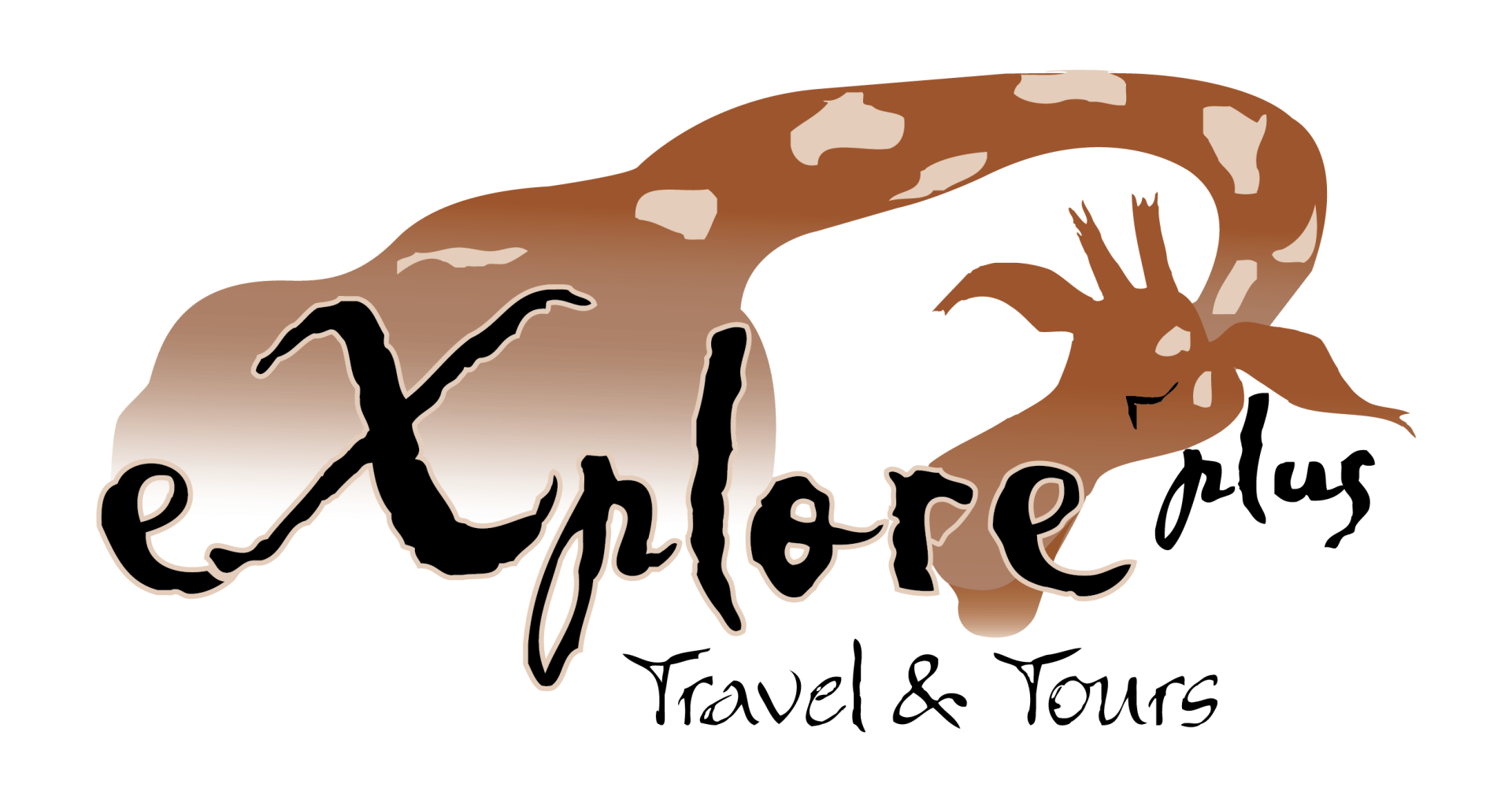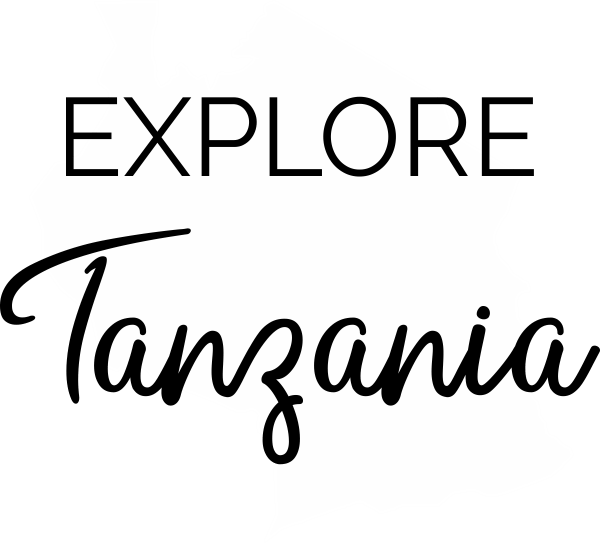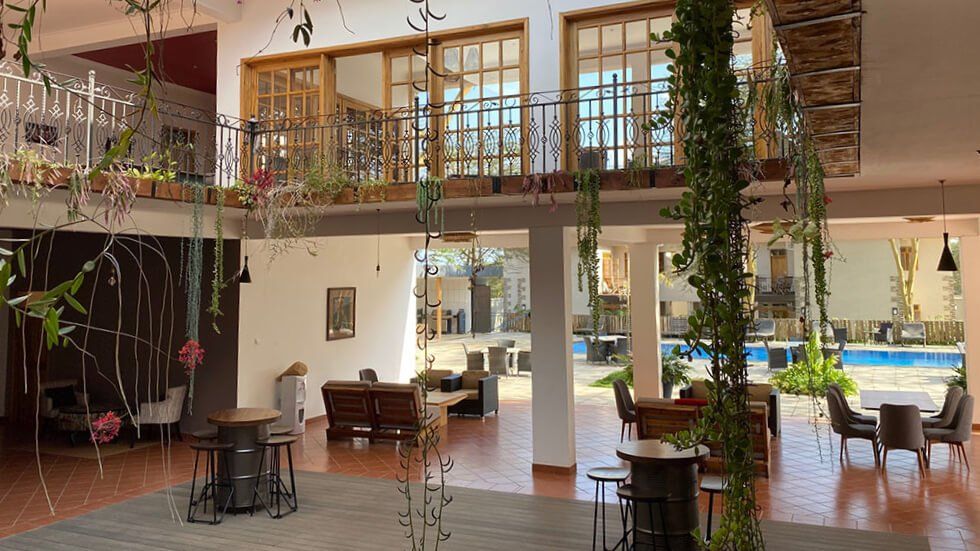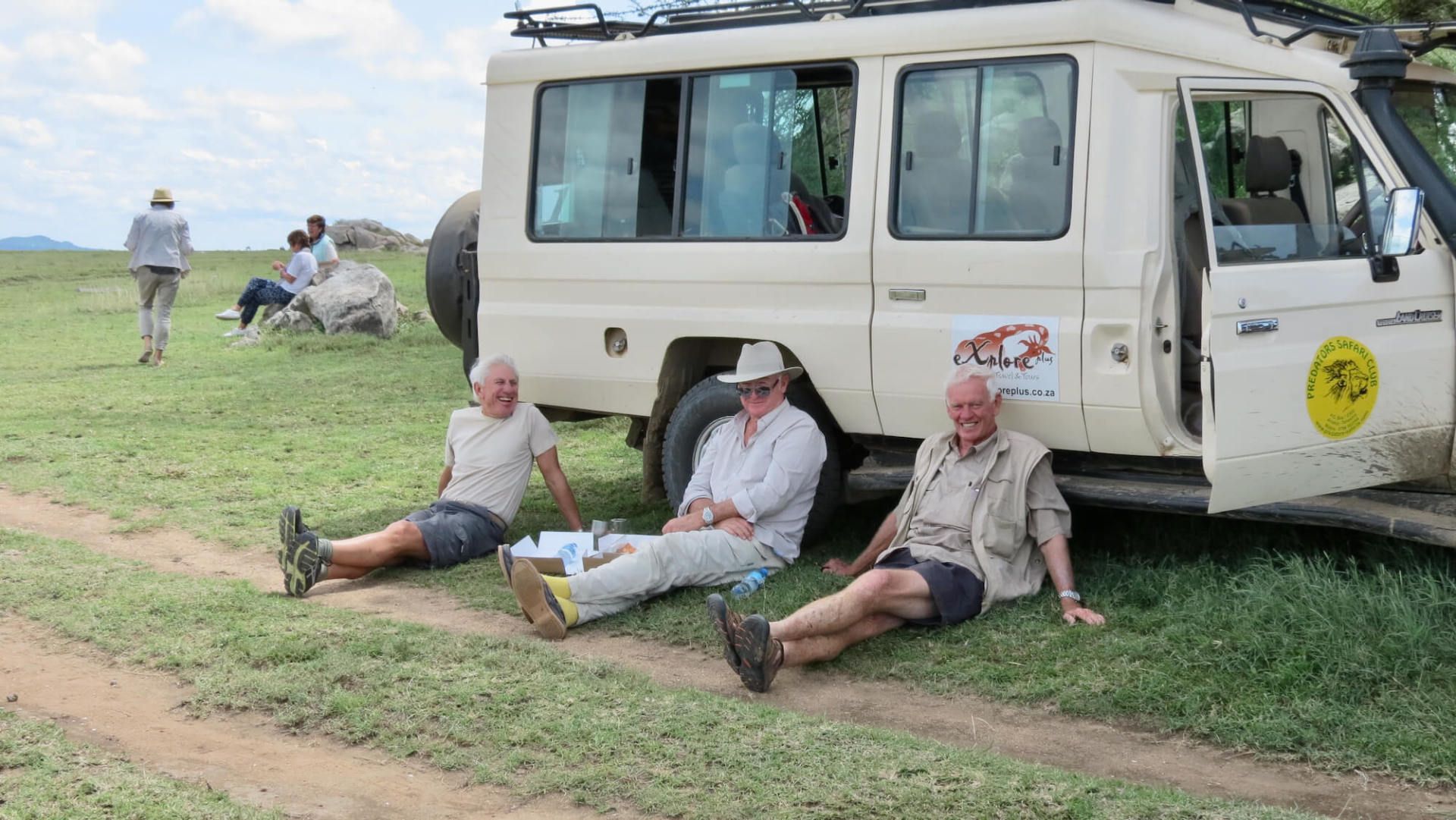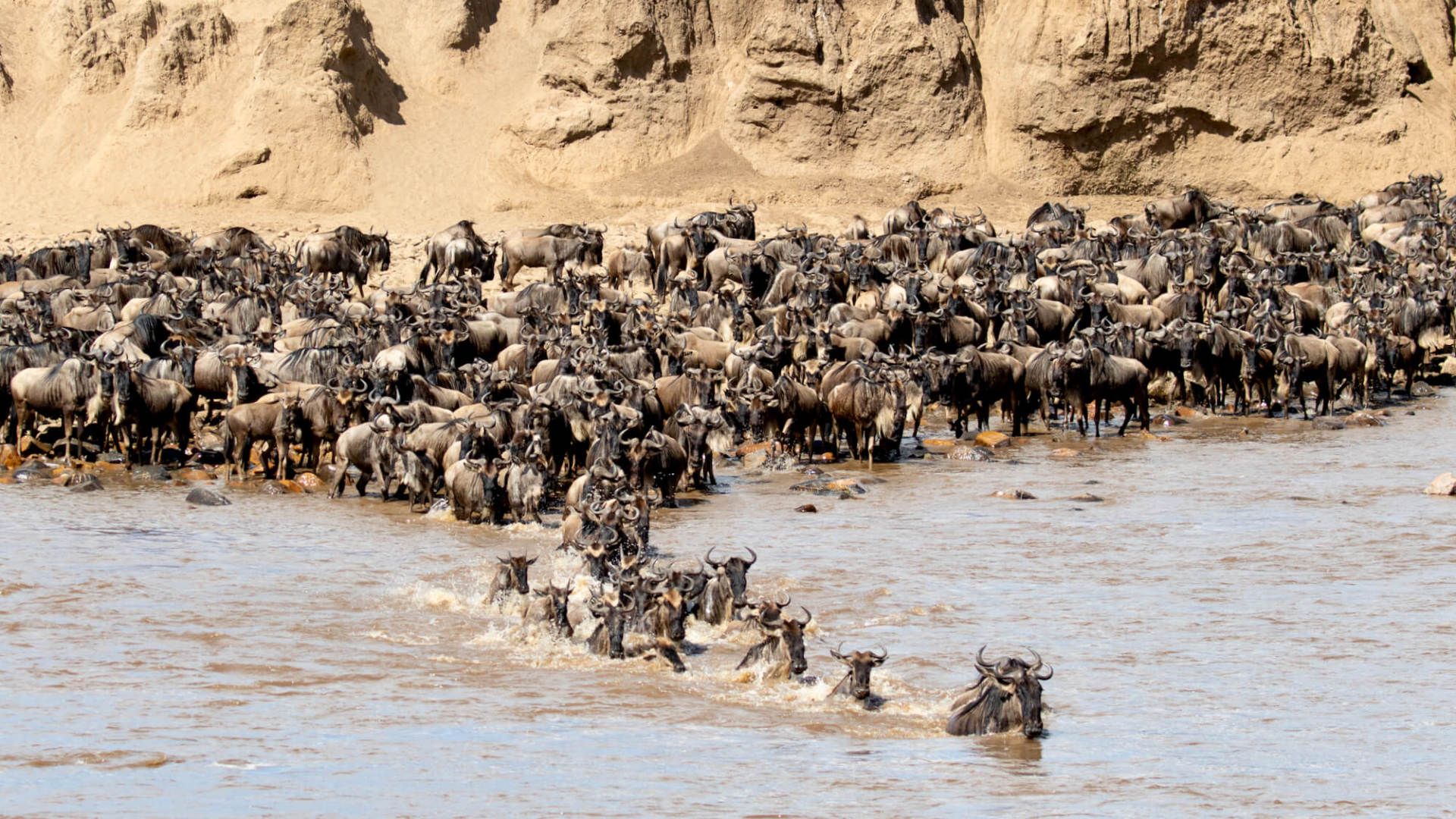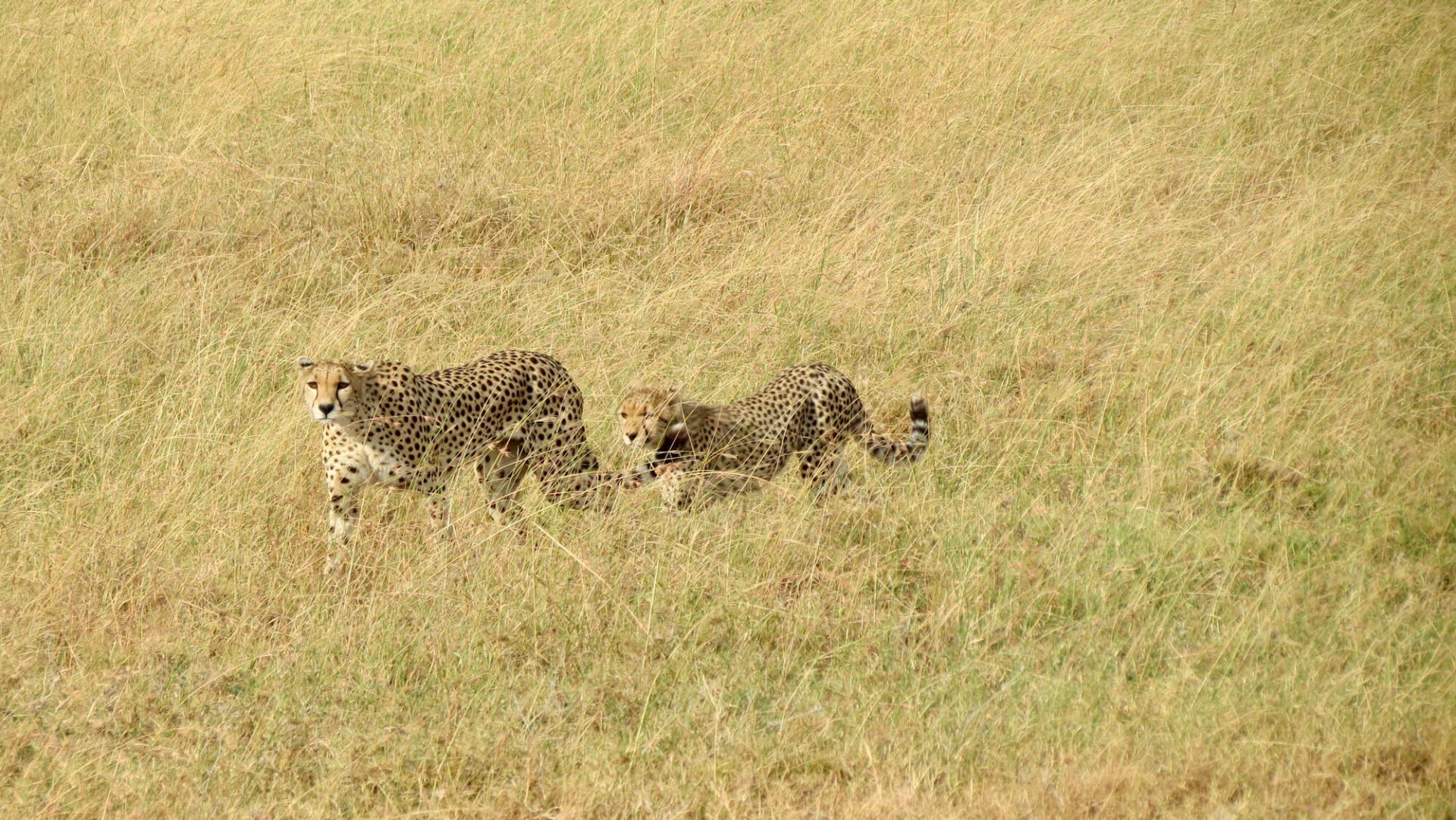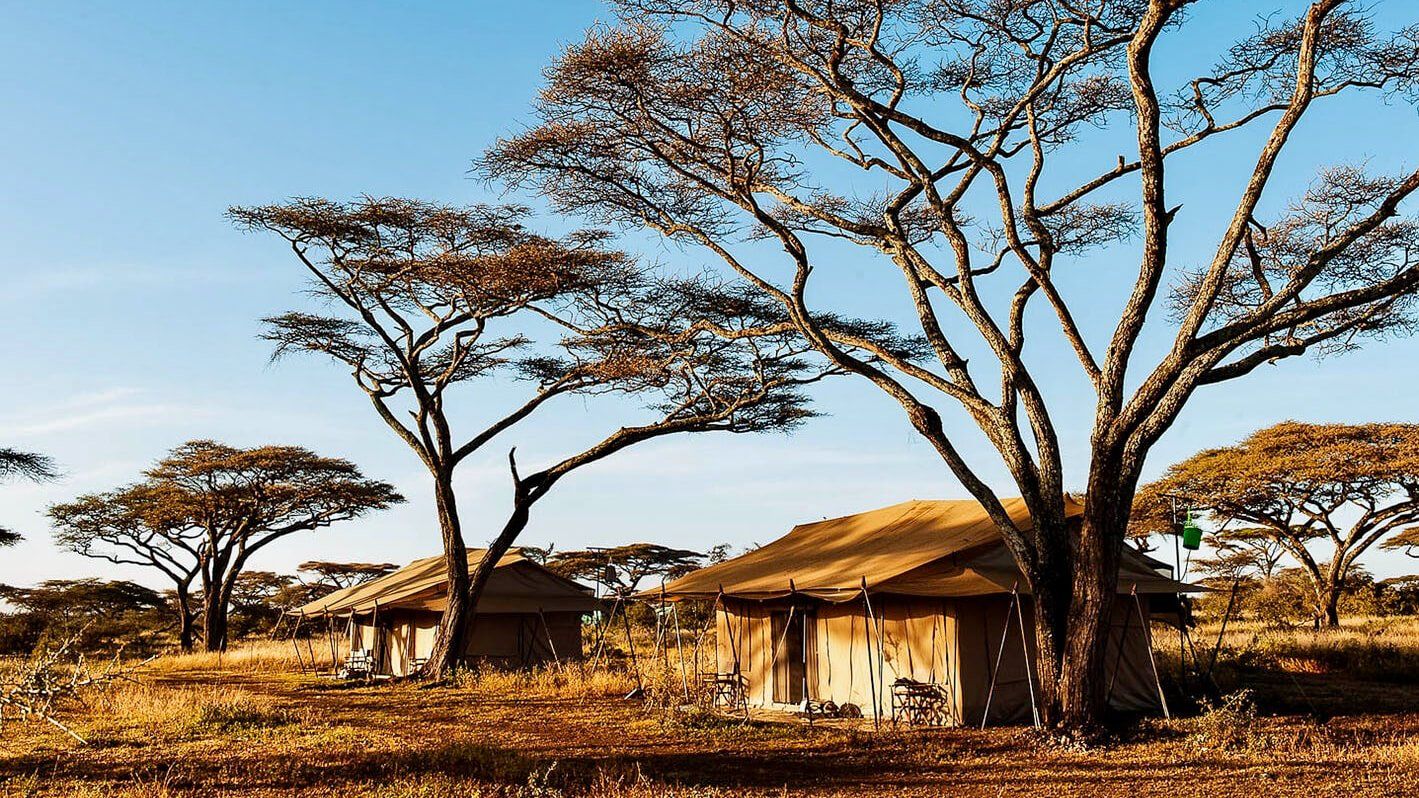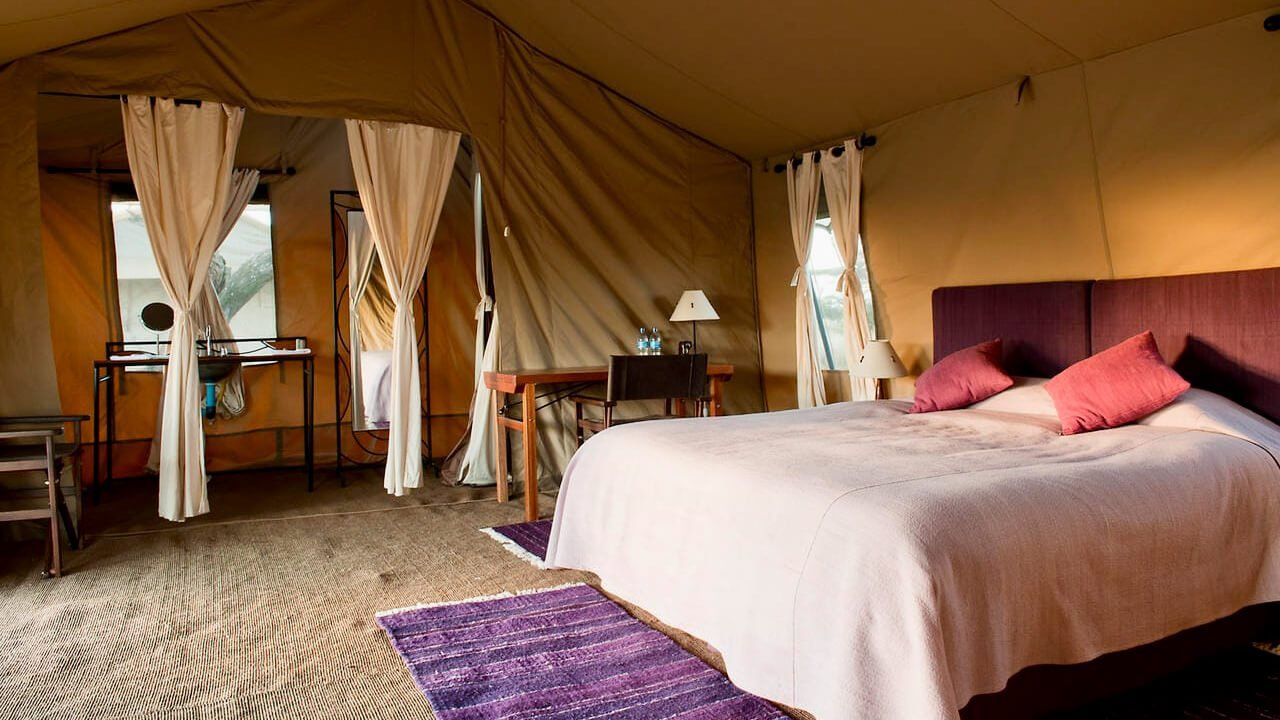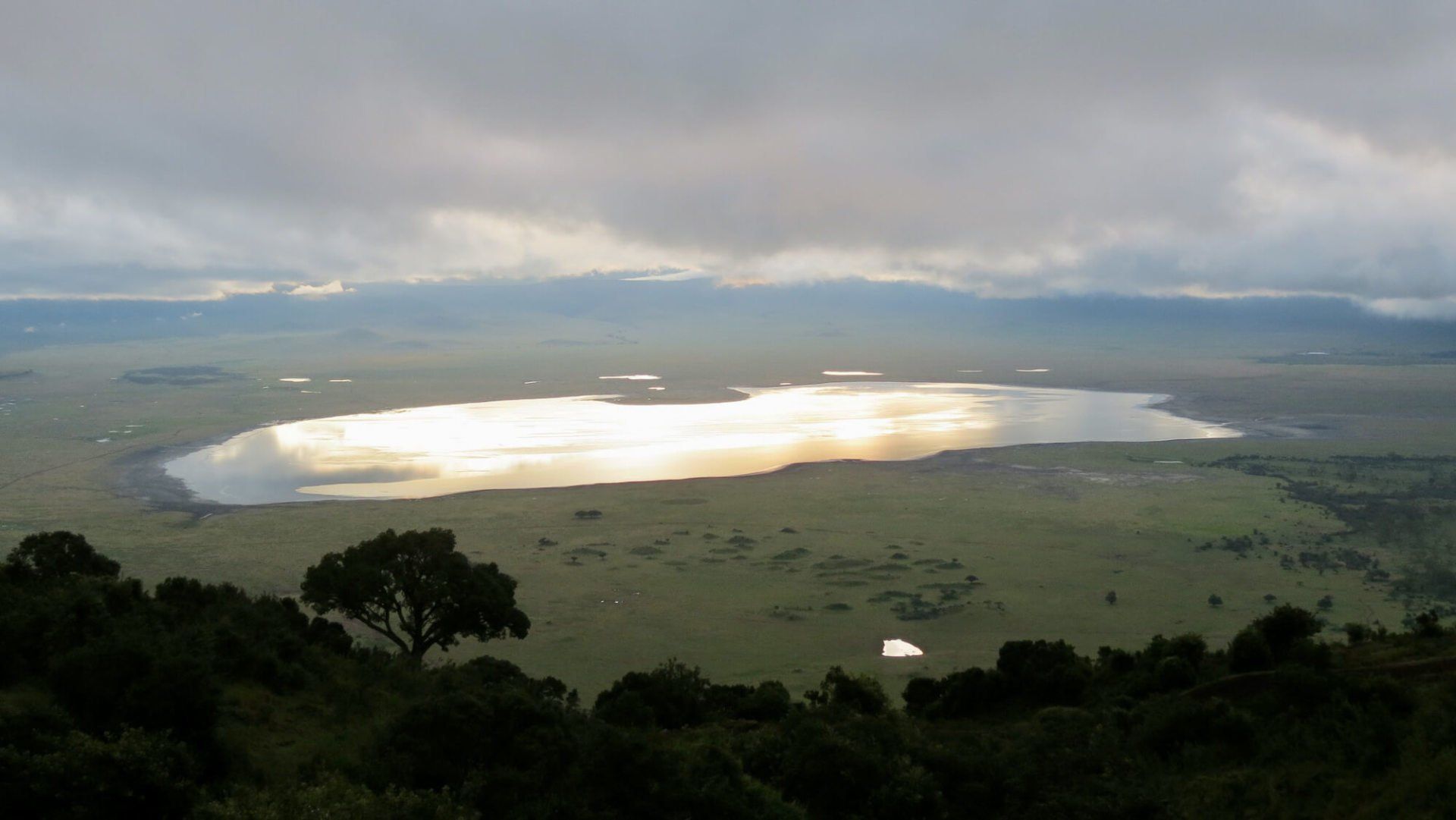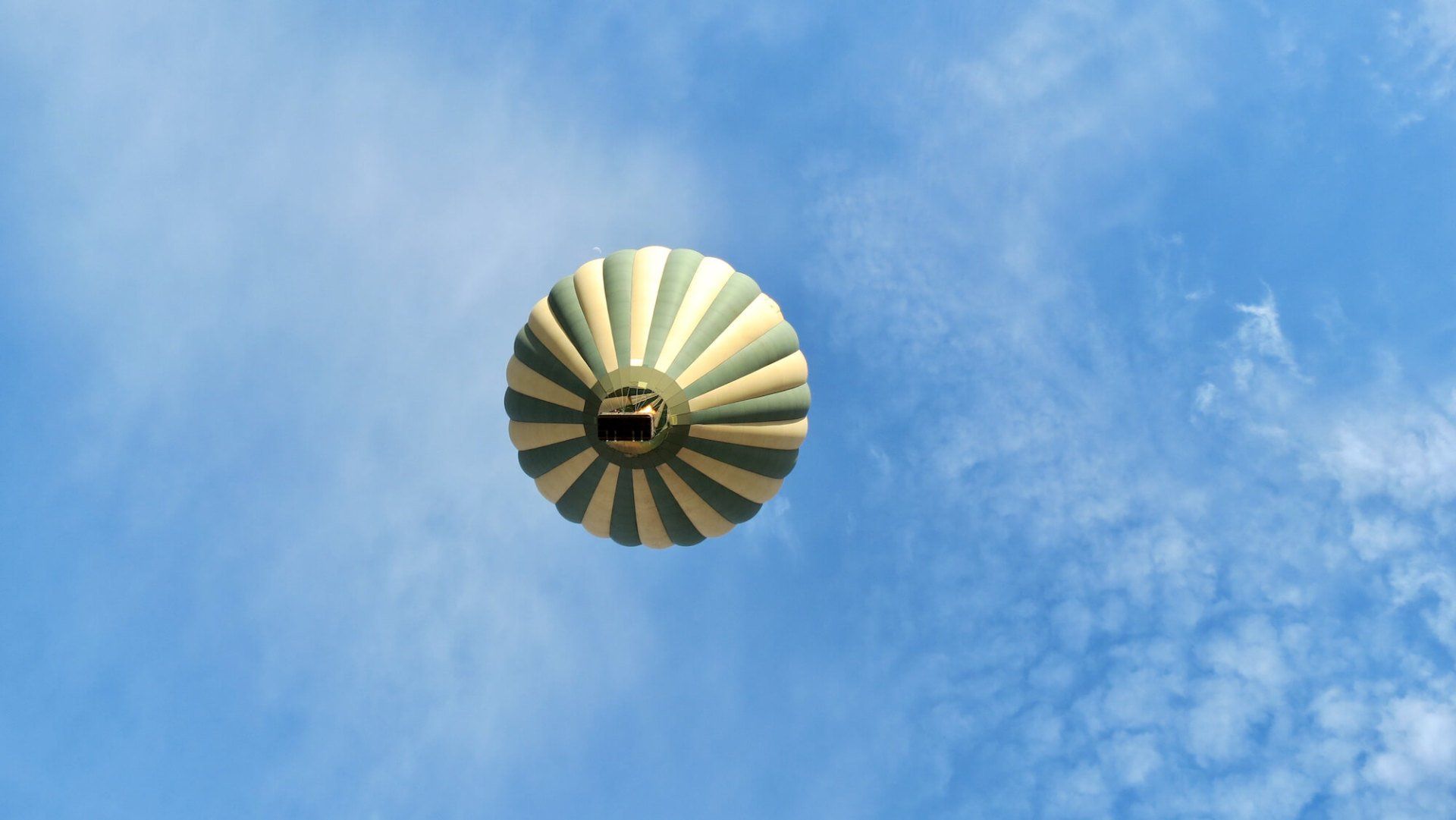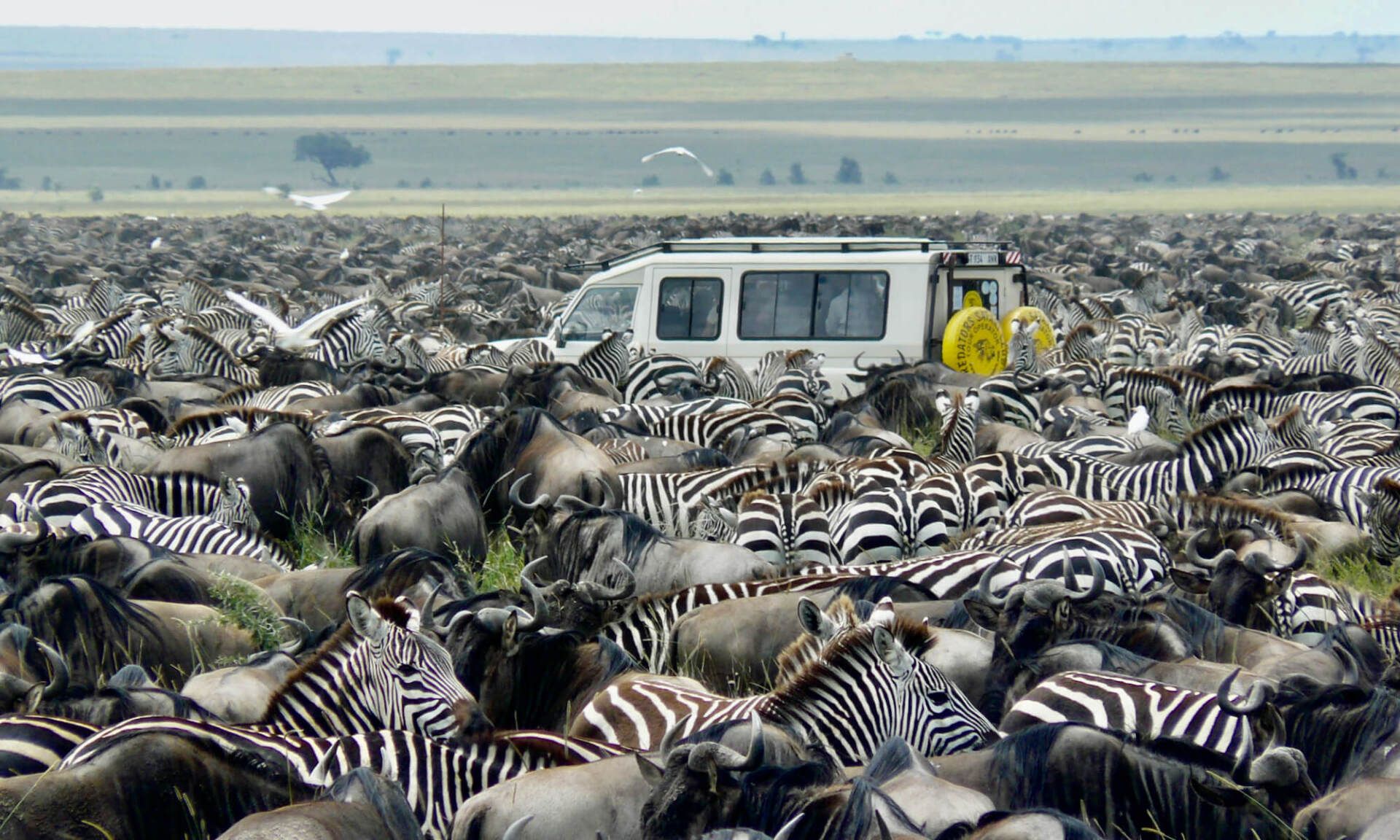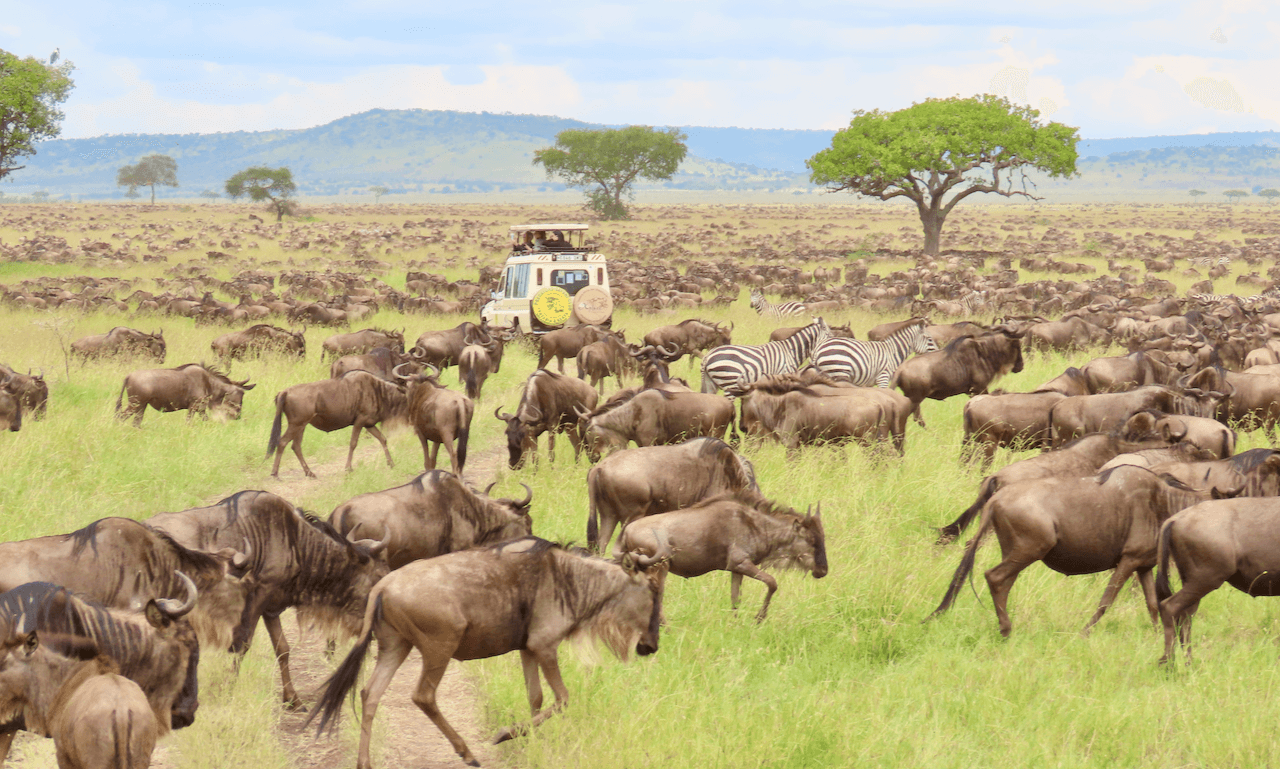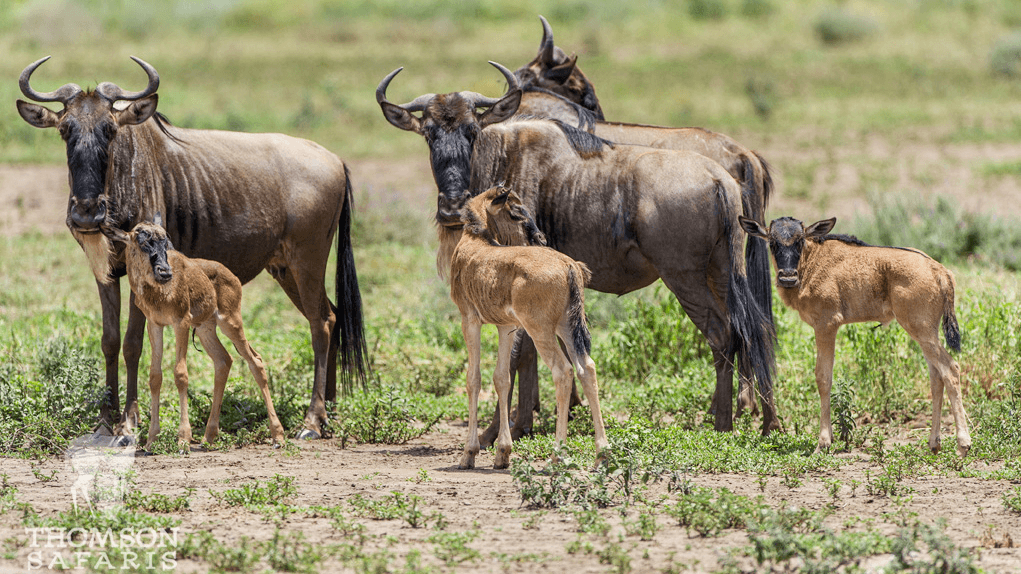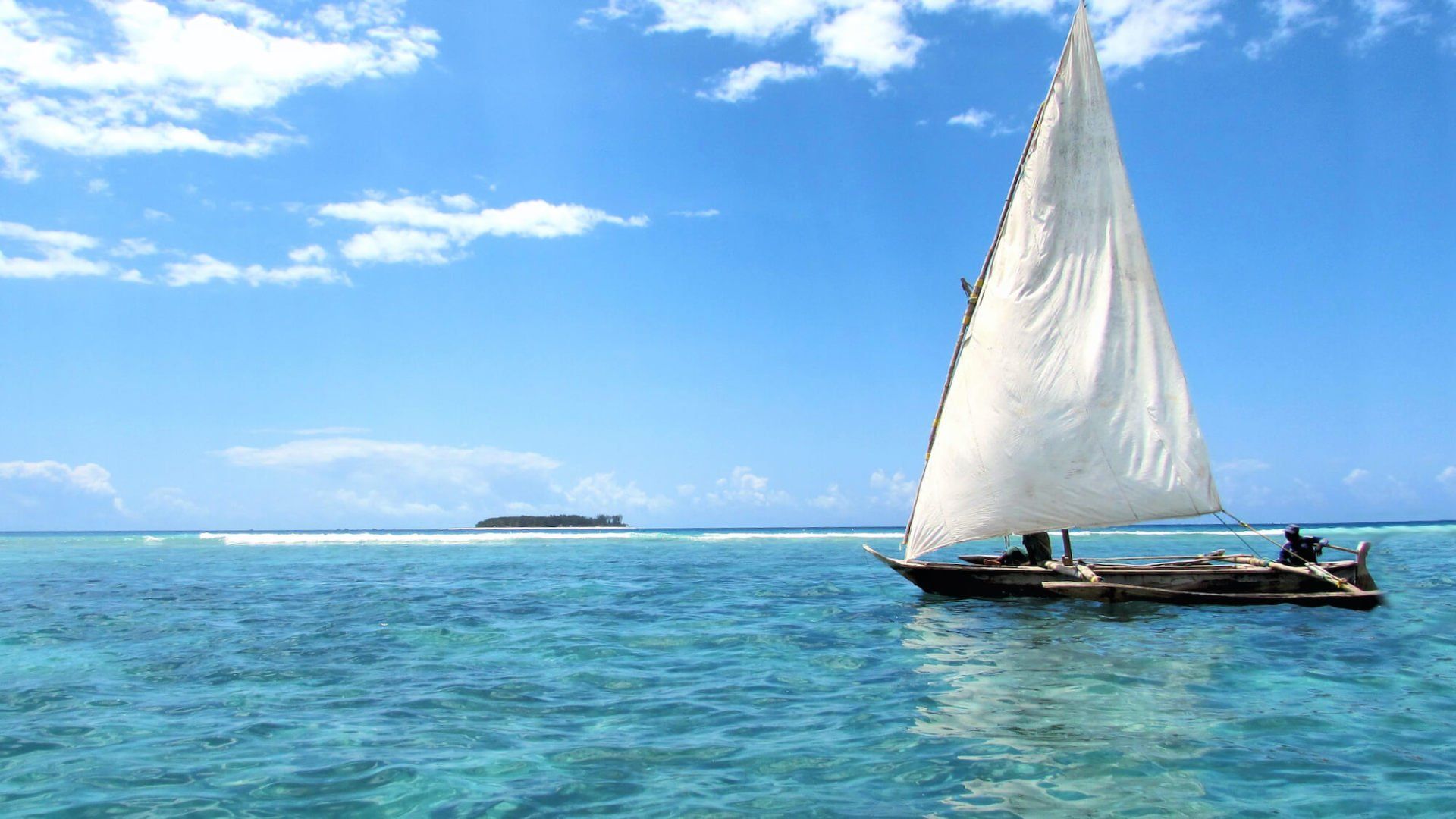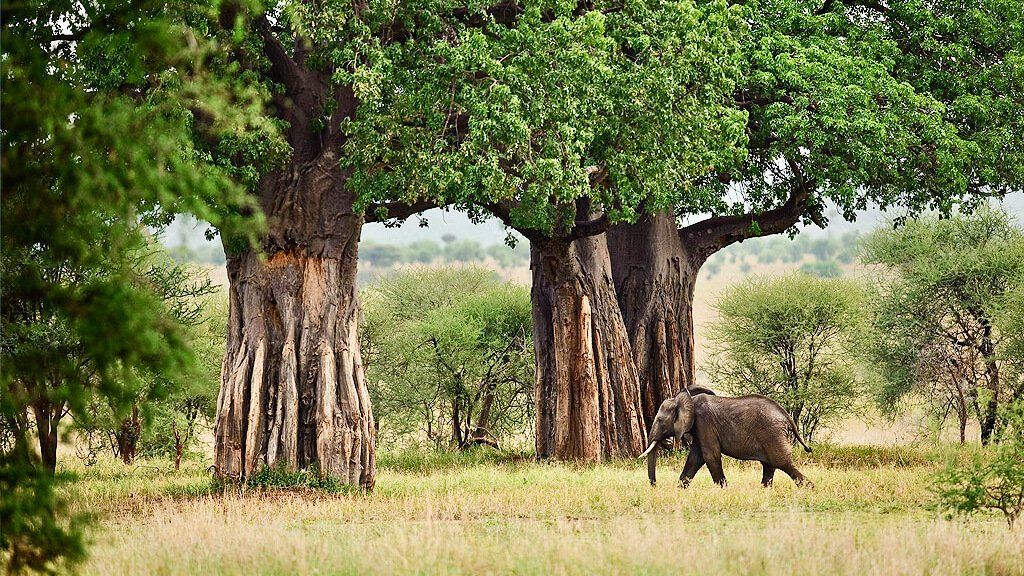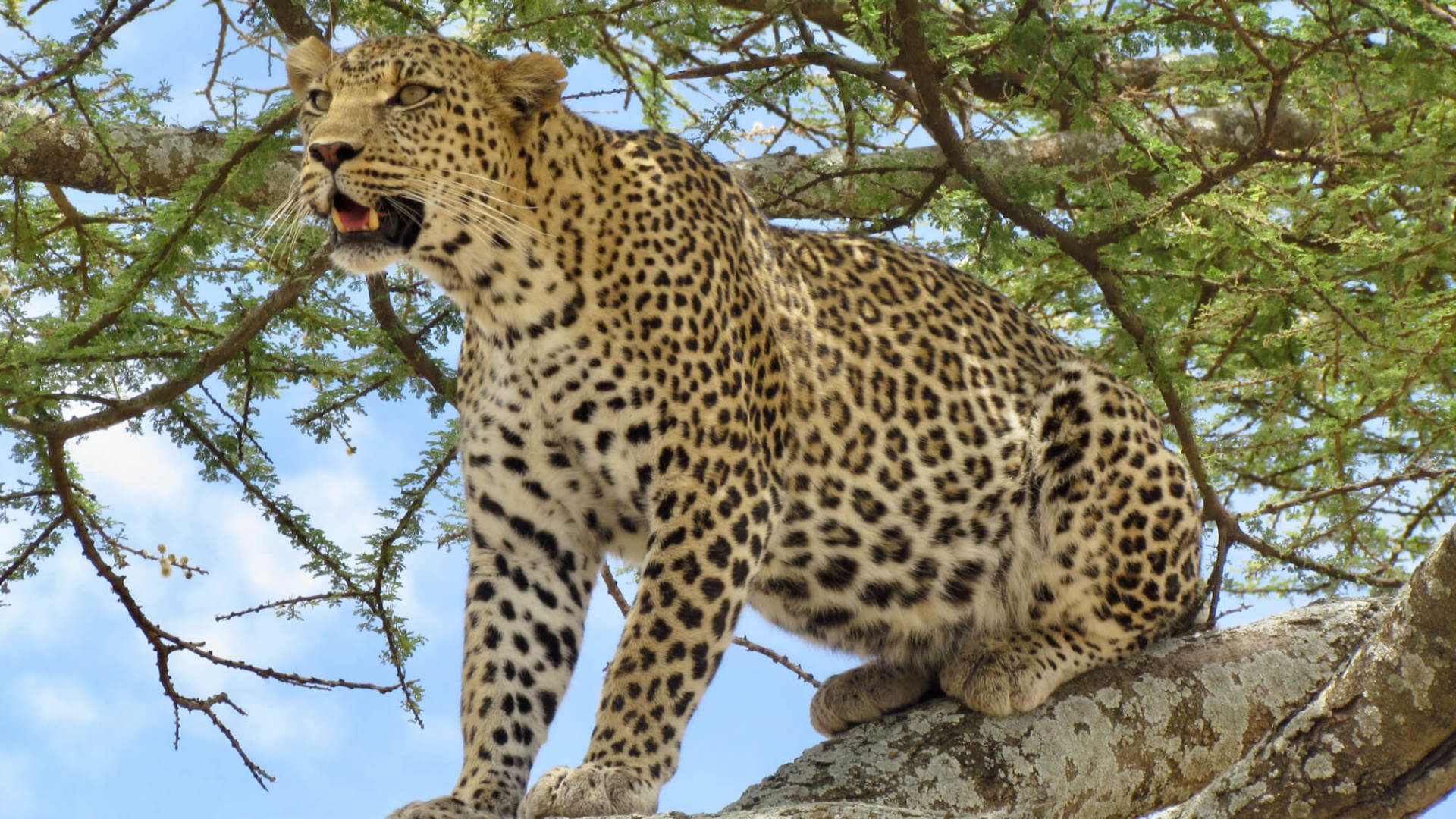The
Great Wildebeest Migration is one of the world’s most thrilling, intriguing and spectacular displays of wildlife behaviour. Join us for an unforgettable
eight-day safari adventure during
August and September and enjoy the best of what Tanzania has to offer! We will explore the scenic
Tarangire National Park , the wildlife-teeming
Ngorongoro Crater, Central Serengeti and the
Northern Serengeti to witness the wildebeest migration, dramatic
river crossings and see predators at the
Mara River .
Our small group safaris offer the opportunity to explore Tanzania while enjoying the company of an intimate group of like-minded safari enthusiasts, on a set itinerary.
Itinerary
Dates & Prices
Dates:
SMALL GROUP DEPARTURE DATES:
This 08-Day Central Serengeti Group Safaris depart during May on set departure dates.
06 - 13 Sep 2025
29 Aug - 05 Sep 2026
01 - 08 Sep 2026
Rates:
| SA RESIDENTS 2025: | SA RESIDENT 2026: | INTERNATIONAL: | |
|---|---|---|---|
| Sharing: | R80,424 pps | R82,222 pps | Please contact one of our consultants |
| Return flight from Johannesburg: | R12,300.00 pp | R12,330.00 pp |
- Exchange rate used (bank selling rate): R18.00 to US$1.00
- Request a quote from our Safari Specialists for the most current rates and availability on our group departures.
- Please treat all pricing as a guide only.
- All rates are subject to increases beyond our control, including fuel price, government taxes and exchange rate fluctuations.
- Maximum
18 clients per safari , with a maximum of
6 clients per vehicle.
National Parks
Tarangire National Park
Tarangire is a long, thin park covering 1,360 sq. km, roughly running north south along the line of the Tarangire River. It is made up chiefly of low-lying, rolling hills on the Rift floor, its natural vegetation of acacia woodland and giant baobabs only altered by huge areas of swamp. The swamps of black cotton mud produce rich grasslands, while the watercourses are lined by huge trees, including sycamore fig, tamarind, and sausage trees.
Ngorongoro Crater
Serengeti National Park
The Serengeti’s endless plains is a UNESCO World Heritage Site and is patrolled by Africa’s big cats, elephants, buffaloes, gazelles and giraffes and is perhaps most famous for the migration of animals. The principle players are the wildebeest , whose numbers appear to have increased to about 2 million . In addition, about 250,000 zebras make the seasonal journey to fresh pastures, first to the north, then the south after the rains. Their ancient instinct to move is so strong that no drought, gorge or crocodile-infested river can hold them back.
Bird watching in the Serengeti is good all year round, at its very best from November to April. This is when European and North African migratory birds are present for resident species.
Serengeti North
The far north of the Serengeti National Park is where you'll find the wildebeest migration between August and October . The Mara River - bristling with crocs - divides this wild part of the Serengeti from the Masai Mara in Kenya and it's here that you'll find the herds when the southern plains get too dry. The northern section of the Serengeti looks entirely different from the south and western areas. The North is an area of gentle undulations cut by numerous streams, which reveal the underlying granites in the area. A good stretch of the Mara River cuts right through this northern area of the Serengeti, a stunning region of kopjes, open plains, sporadic woodland and riverine vegetation. One of the sights people mainly hope to see is the wildebeest crossing the Mara River , most likely between July and October , depending on weather, as the herds spend a good deal of time crossing the Mara back and forth in search of the best grazing.
